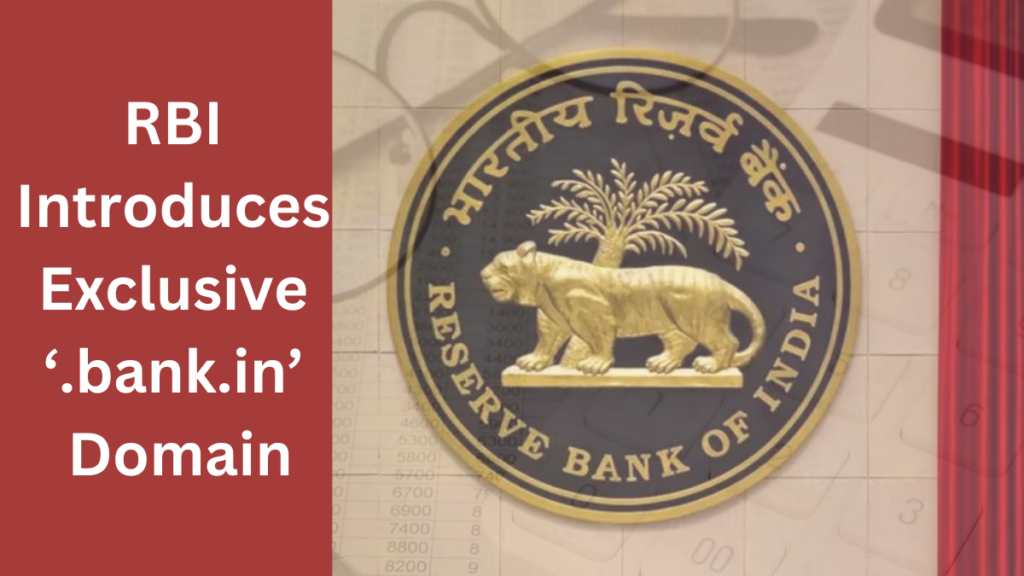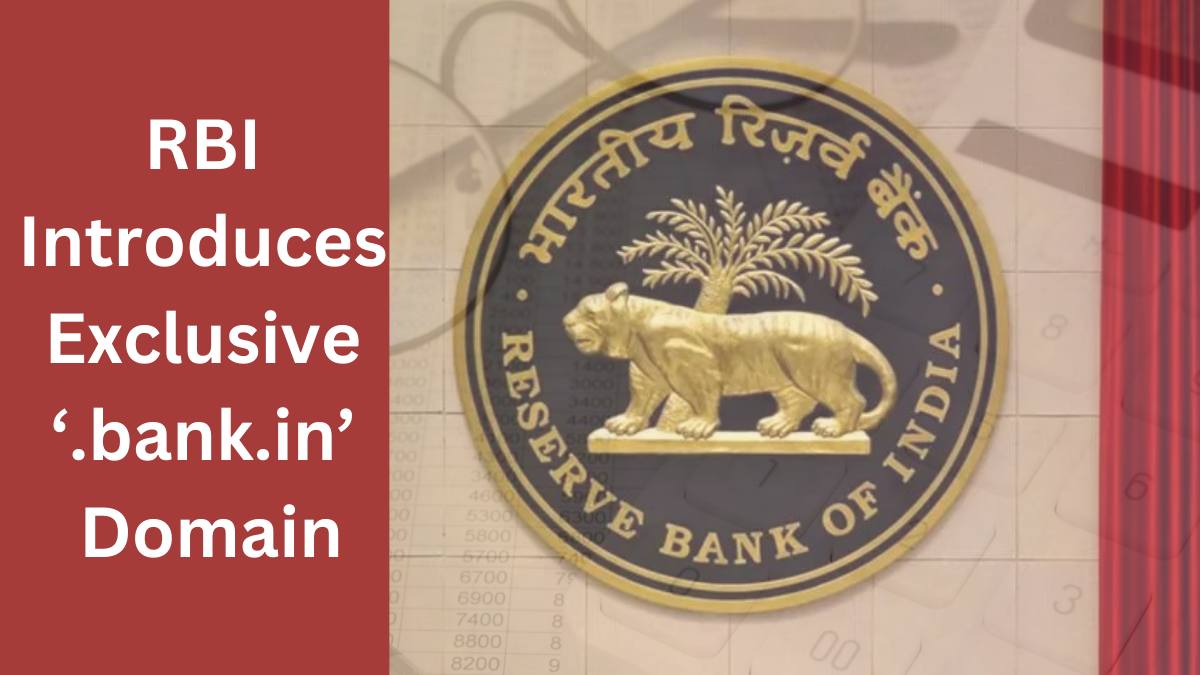The Reserve Bank of India (RBI) has announced a significant security measure to tackle rising financial fraud in the banking sector. RBI Governor Sanjay Malhotra unveiled the ‘.bank.in’ internet domain, designed exclusively for Indian banks, alongside stricter authentication protocols for digital transactions.
This initiative was introduced during the unveiling of the Monetary Policy on Friday and is set to roll out in April 2025.

Why is RBI Introducing ‘.bank.in’?
With the rise in digital fraud, distinguishing between legitimate and fraudulent banking websites has become crucial.
The ‘.bank.in’ domain will ensure that customers only access genuine banking portals.
A ‘fin.in’ domain will also be introduced to cover the broader financial sector.
RBI emphasizes that collaboration between all stakeholders is necessary to curb online fraud.
What the RBI Governor Said
“The surge in digital fraud is a matter of concern. It warrants action by all stakeholders. The Reserve Bank has been taking various measures to enhance digital security in the banking and payment system.” – Sanjay Malhotra, RBI Governor
Strengthening Digital Payment Security
To further enhance security, RBI is introducing:
Additional authentication factors for online international digital payments made to offshore merchants.
These security layers will prevent unauthorized transactions and improve the safety of cross-border digital payments.
Other Key Announcements from RBI
Interest Rate Risk Management & New Derivative Products
RBI has expanded its interest rate derivative products to help market participants manage risks effectively:
A new forward contract for government securities will be introduced.
Long-term investors like insurance funds will benefit from better pricing mechanisms.
This will enhance risk management strategies linked to government securities.
Boosting Retail Participation in Government Securities
To encourage retail investors and deepen India’s bond market:
RBI will expand access to the NDS-OM platform, which facilitates the secondary market trading of government securities.
Non-bank brokers registered with SEBI will now have access to this platform.
This move is expected to increase liquidity and non-bank financial participation.
Reviewing Market Trading & Settlement Timings
Acknowledging evolving financial markets, RBI will:
Set up a working group to review trading and settlement timings across five different financial markets.
The group will submit its report by April 30, 2025.
Current Banking System & Financial Stability
RBI also provided insights into the banking sector’s current performance:
| Key Indicator | Status (As of Jan 2025) |
|---|---|
| Credit-Deposit Ratio (CDR) | 80.8% (Stable from Sep 2024) |
| Liquidity Buffers | Adequate |
| Return on Assets (RoA) | Strong |
| Return on Equity (RoE) | Strong |
| Net Interest Margins | Moderated |
Non-Banking Financial Companies (NBFCs) also remain financially strong, ensuring system-wide stability.
FAQs
1. What is the purpose of the ‘.bank.in’ domain?
The ‘.bank.in’ domain is an RBI initiative designed to prevent fraud by ensuring customers can easily recognize authentic banking websites. It will be mandatory for Indian banks starting April 2025.
2. How will the new authentication factor impact online payments?
The additional factor of authentication will provide extra security, especially for international digital transactions, making cross-border payments safer and reducing fraud risks.
3. Who can access the NDS-OM platform under the new guidelines?
Non-bank brokers registered with SEBI will now be able to access the NDS-OM platform, allowing for increased participation in government securities trading.
4. Will the credit-deposit ratio impact banking operations?
With a stable CDR of 80.8%, adequate liquidity buffers, and strong financial metrics, banks are well-positioned to maintain stability without any major disruptions.
Final Thoughts
The RBI’s latest policies reflect a proactive approach to digital security, financial stability, and market accessibility. With the ‘.bank.in’ domain, stricter authentication protocols, and improved market participation, India’s banking and financial ecosystem is set for a safer and more efficient future.
Click here to learn more
Sachin is a dedicated writer specializing in education, career, and recruitment topics, delivering clear and actionable insights to empower readers.
